What is a hydrogel?
Hydrogel technology refers to a process where carbohydrates are encapsulated in a gel-like substance within the stomach. This encapsulation occurs when the carbohydrate comes into contact with hydrochloric acid in the stomach.
The resulting hydrogel is believed to allow the carbohydrate to pass into the duodenum (the first part of the small intestine) without activating sensory tissue in the stomach.
Why don't we want to activate sensory tissue in the stomach?
Activation of this sensory tissue can slow down stomach emptying, which may lead to gastrointestinal discomfort during exercise. Preliminary data suggest that hydrogel-based carbohydrate beverages may empty from the stomach faster than regular carbohydrate solutions, meaning faster delivery of energy to muscles. However, this data comes and experiments conducted the subjects were seated, not exercising. [1]
So what ingredients are in hydrogel products?
Sodium alginate and pectin are the additional ingredients that can be found in hydrogel products:
Sodium Alginate: Sodium alginate is a polysaccharide derived from brown seaweed. It's widely used in the food industry as a thickening and gelling agent. When sodium alginate comes into contact with calcium ions, it forms a gel-like structure. This property makes it a popular choice for creating hydrogels in various applications, including sports nutrition products. In the context of hydrogel technology, sodium alginate can encapsulate carbohydrates, allowing for controlled release and potentially enhancing digestion and absorption during exercise.
Pectin: Pectin is a complex carbohydrate found in the cell walls of fruits and vegetables, especially in apples and citrus fruits. It's commonly used as a gelling agent in food products like jams and jellies. Pectin can form a gel when combined with sugar and acid, and its gelling properties can be adjusted by modifying its pH and temperature conditions. In the creation of hydrogels, pectin can be used to encapsulate nutrients, such as carbohydrates, providing a controlled release mechanism that may offer benefits for athletes in terms of energy delivery and gastrointestinal comfort.
Hydrogels and sports nutrition and performance
In the context of sports nutrition, hydrogel technology has been explored as a way to enable athletes to tolerate higher rates of carbohydrate ingestion. This could potentially enhance performance by providing more energy during prolonged exercise. However, scientific research on the effectiveness of hydrogel products in improving gut symptoms and performance is still in its early stages. Some studies have not found significant benefits of hydrogel-based carbohydrate beverages over standard ones during exercise. [2]
Hydrogels represent an innovative approach to carbohydrate delivery for athletes, but more research is needed to fully understand their potential advantages and limitations.
References:
[1] S. Sutehall et al., "The Addition of a Sodium Alginate-Pectinc Hydrogel to a Carbohydrate Beverage Significantly Enhances Gastric Emptying in Humans", 2019
[2] McCubbin, Alan J et al. “Hydrogel Carbohydrate-Electrolyte Beverage Does Not Improve Glucose Availability, Substrate Oxidation, Gastrointestinal Symptoms or Exercise Performance, Compared With a Concentration and Nutrient-Matched Placebo.” International journal of sport nutrition and exercise metabolism vol. 30,1 (2020): 25-33. doi:10.1123/ijsnem.2019-0090
Try the Roam Range
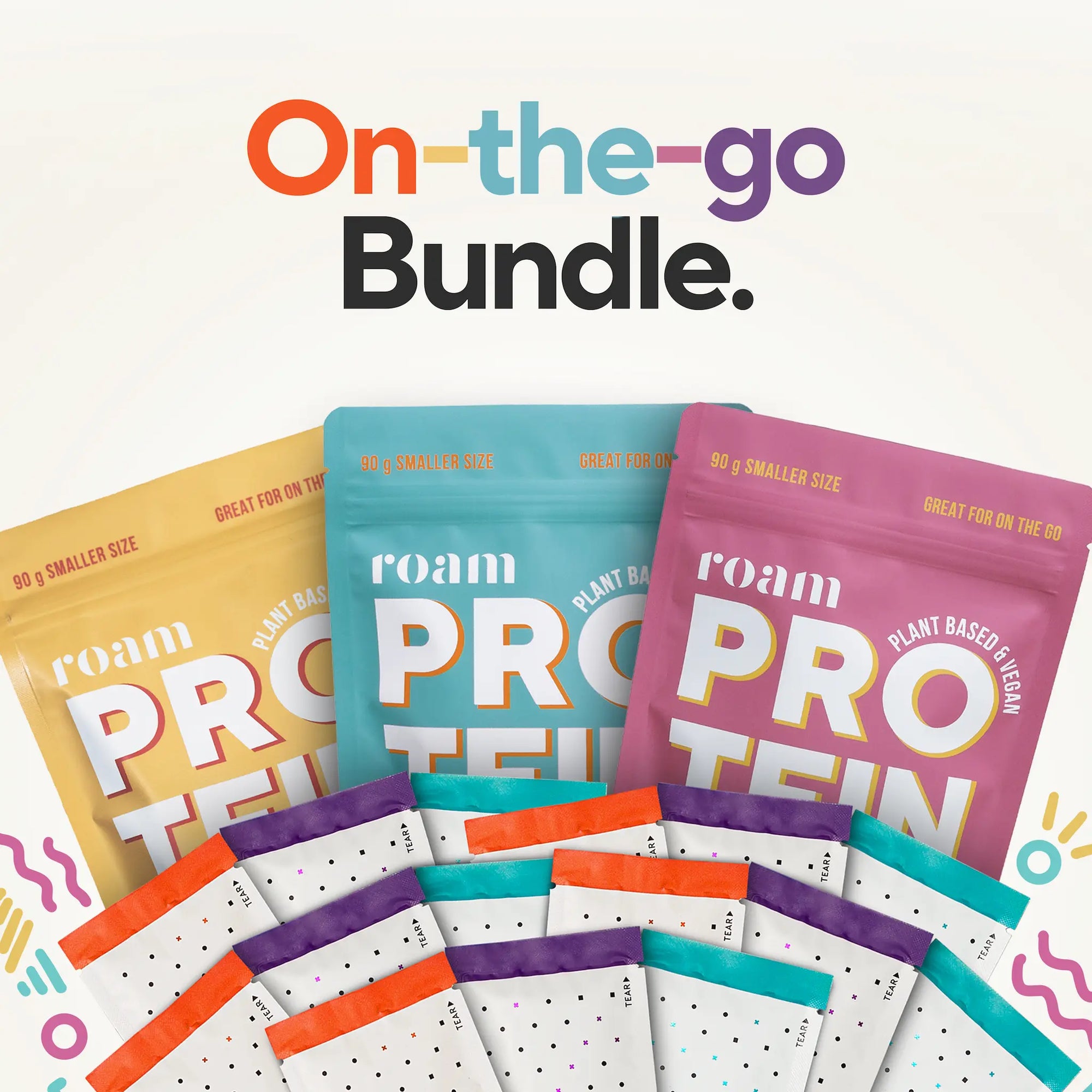
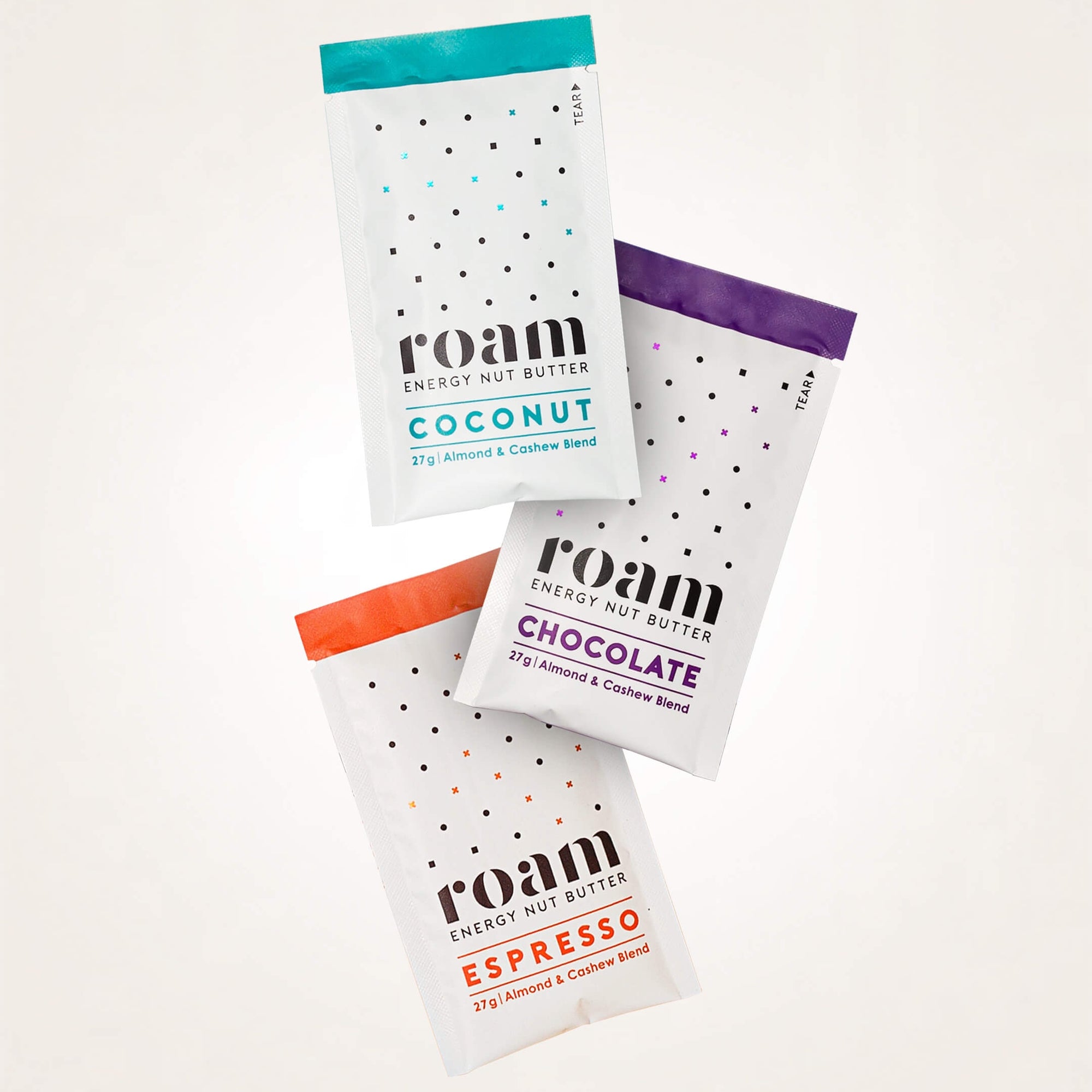

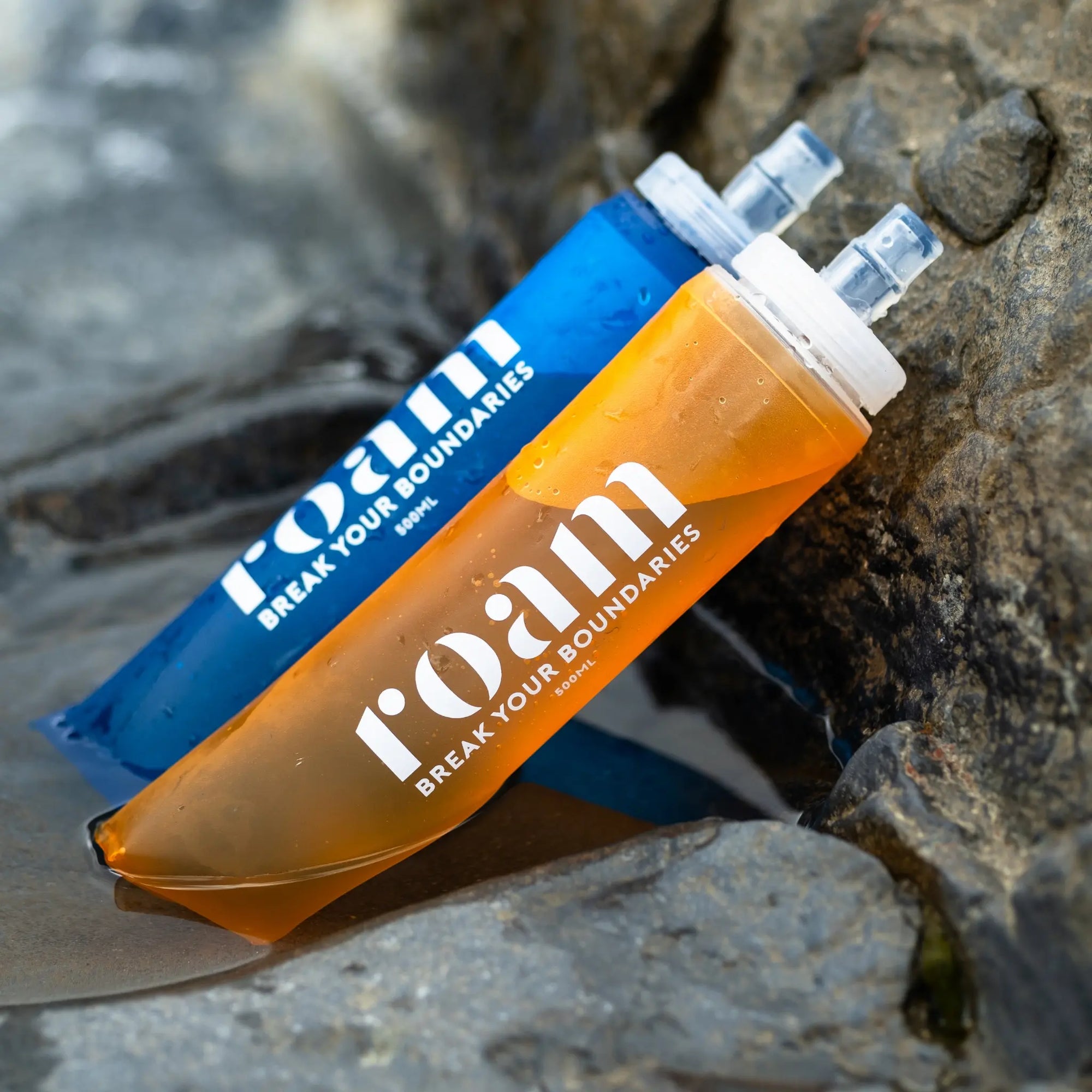
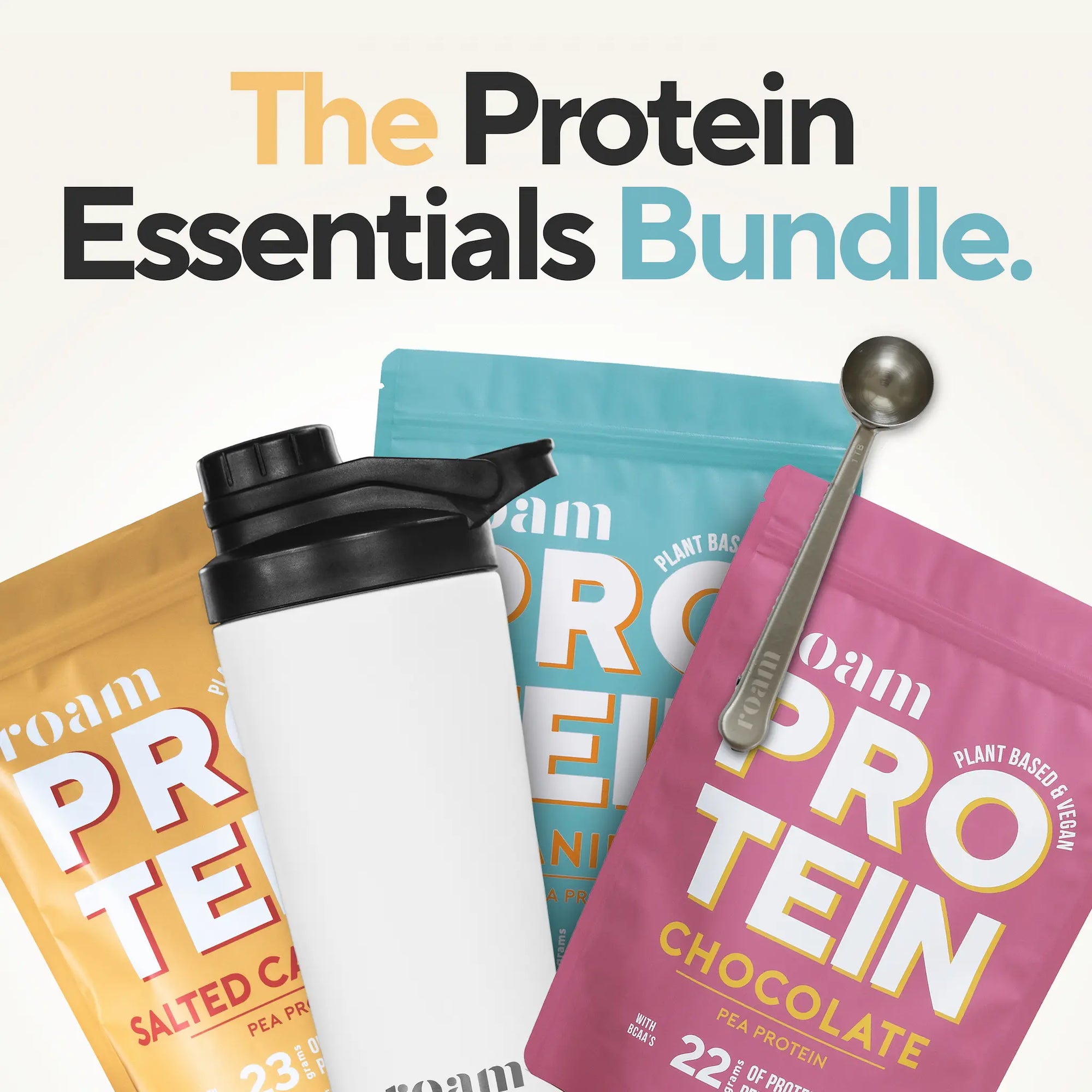
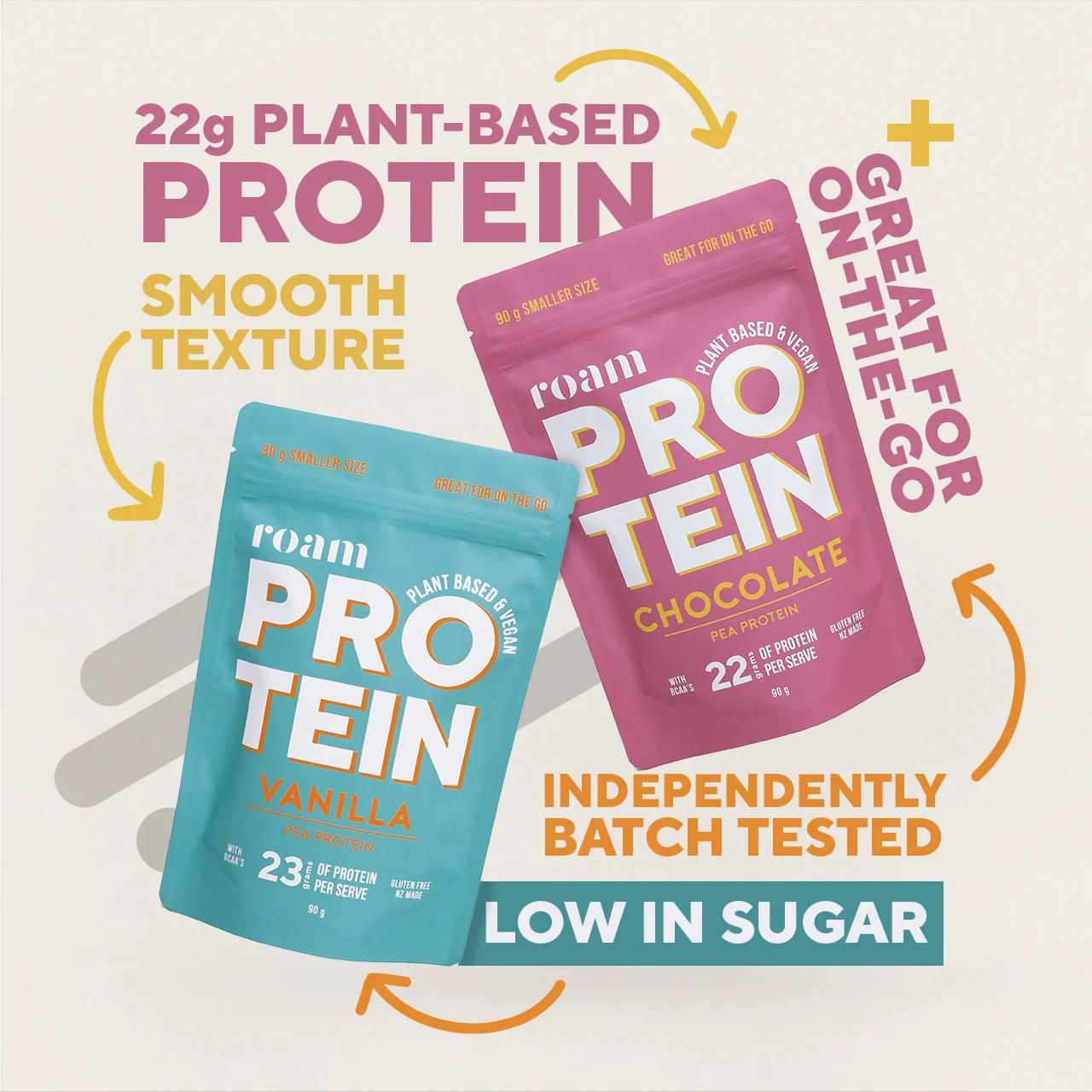 Protein Essentials Bundle
Protein Essentials BundleProtein Essentials Bundle
Regular priceUnit price per$194.95 NZDSale price $150.00 NZD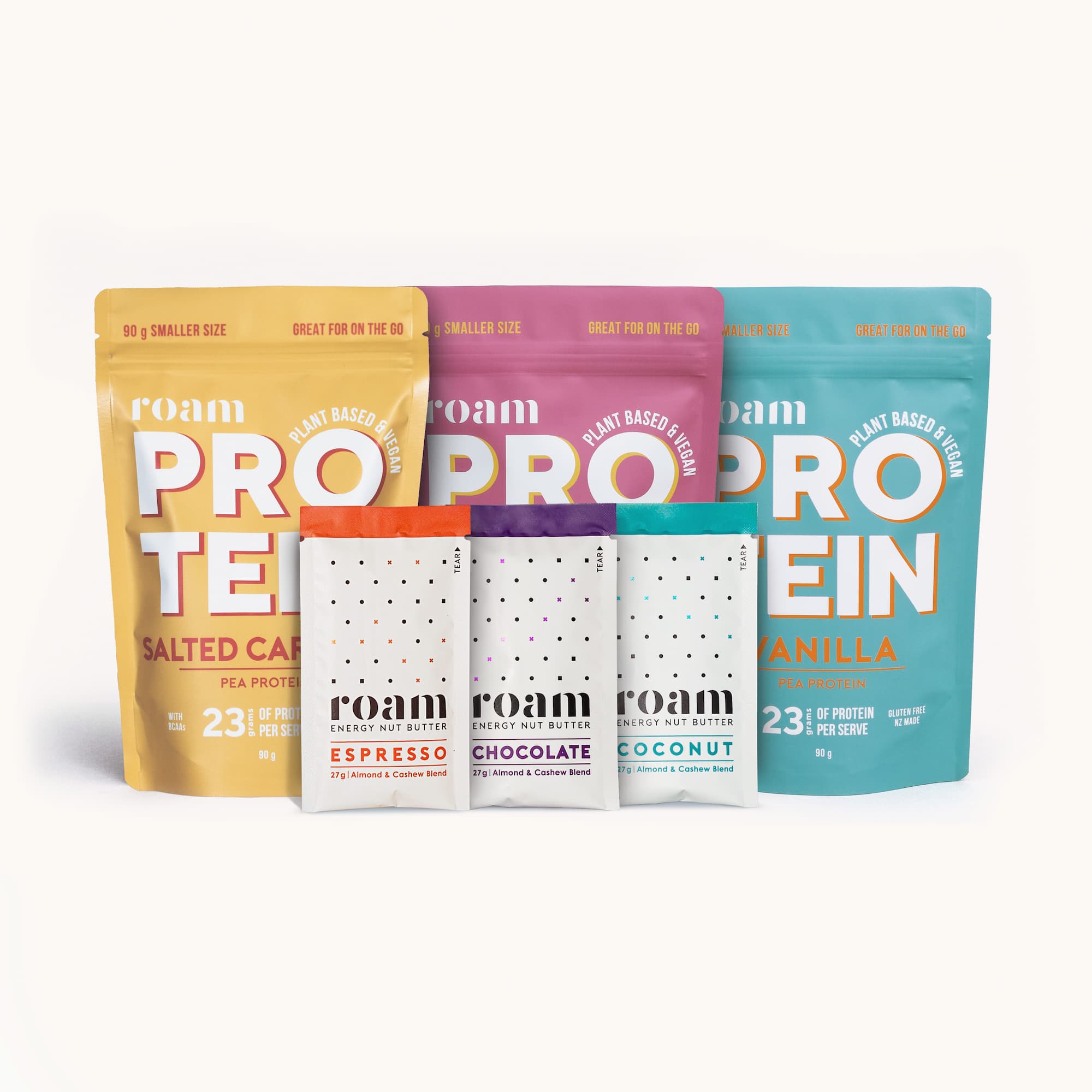

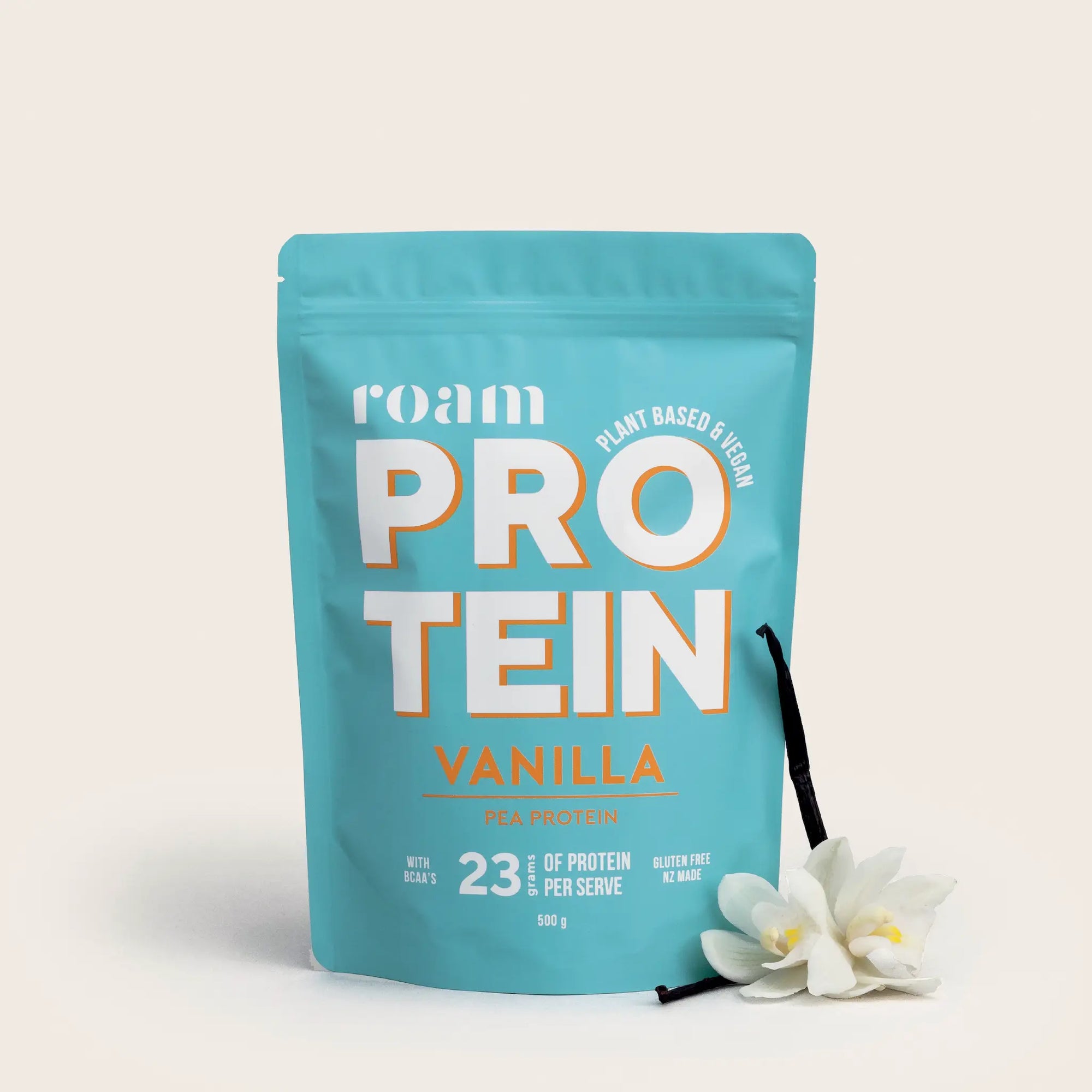
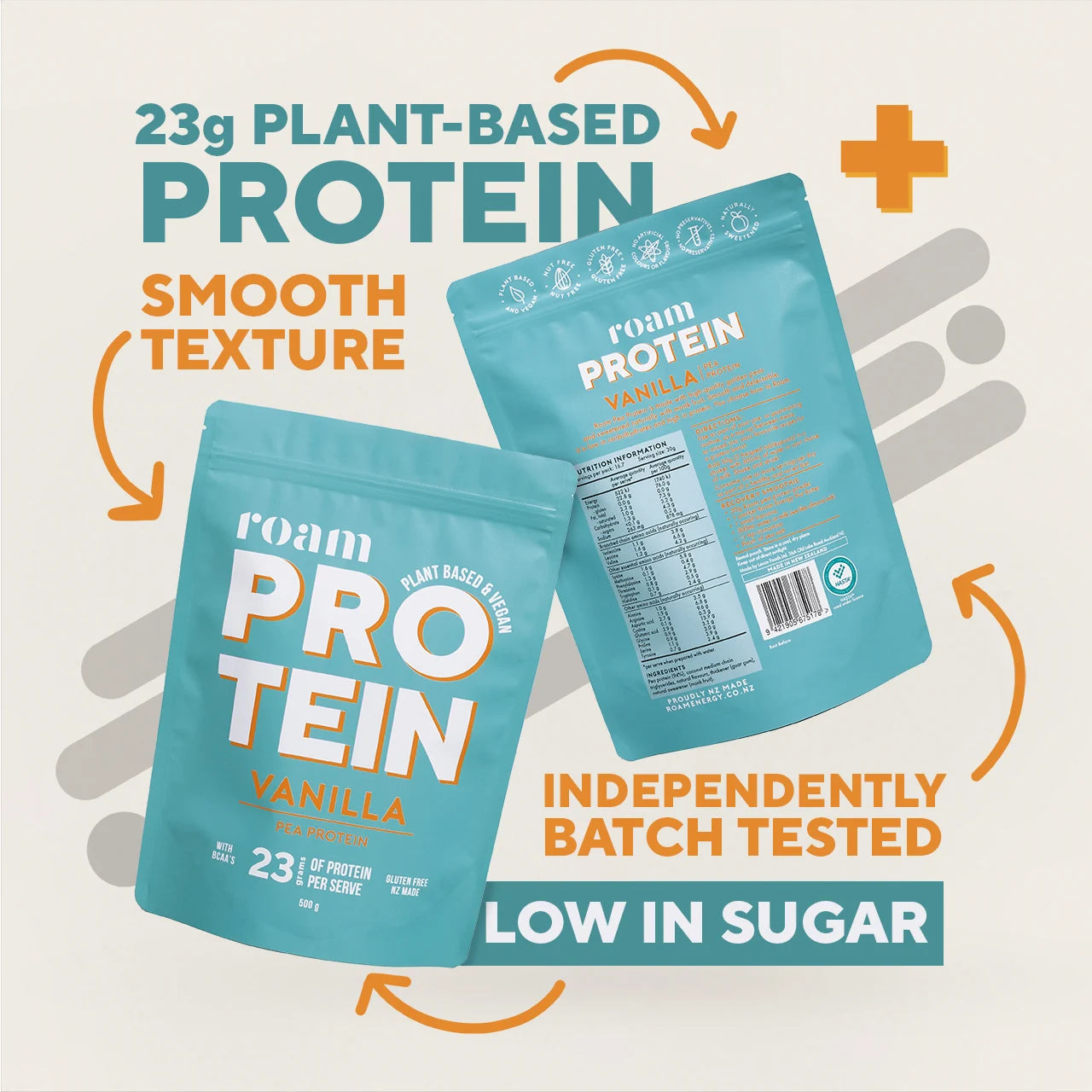

OUR MISSION IS TO PROVIDE NATURAL NUTRITION TO SUPPORT ACTIVE LIFESTYLES.
We do:
NATURAL. We use real ingredients. No artificial flavours or fillers.
TASTY. Truly yummy products that keep you coming back for more.
ADVENTURE. From mountain peaks to urban streets, Roam is the best on-the-go food option.
SENSIBLE SCIENCE. Practical exercise nutrition supported by evidence.










